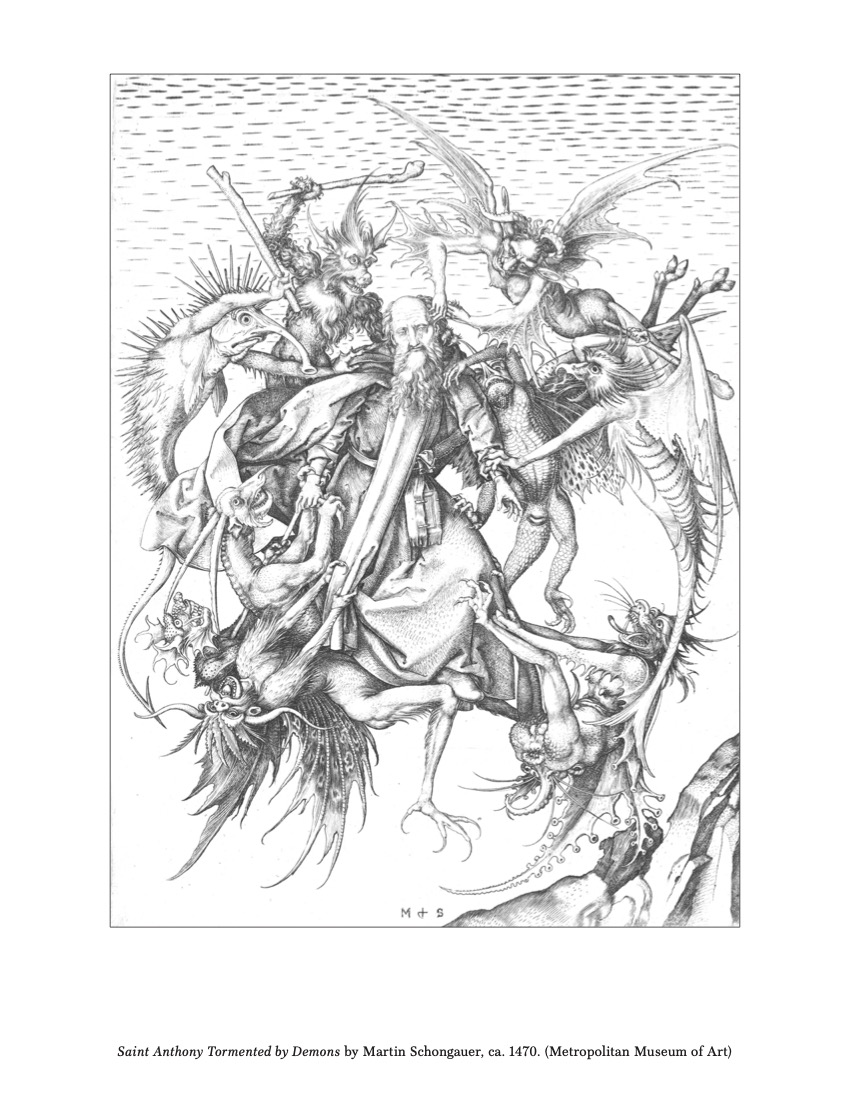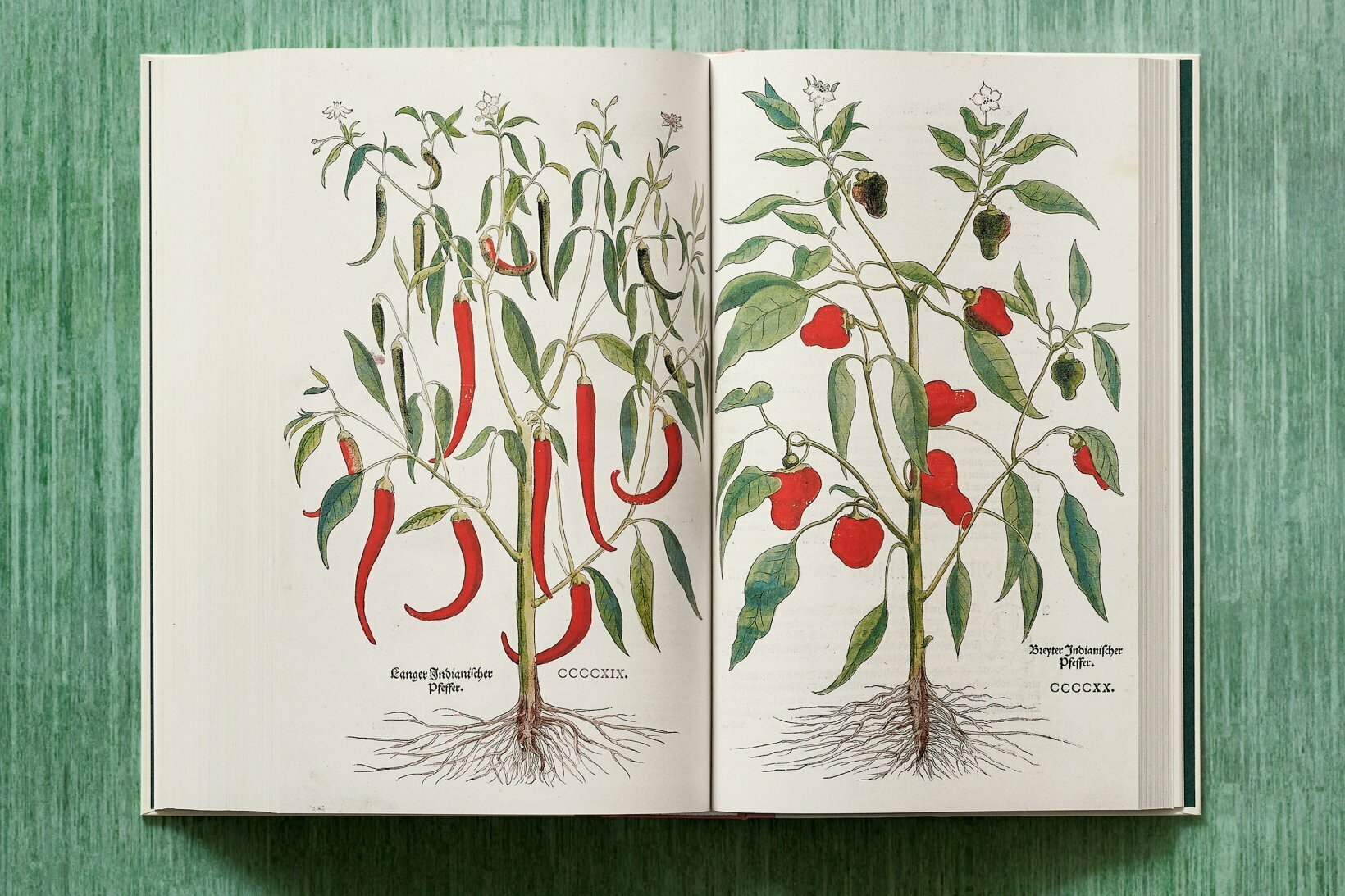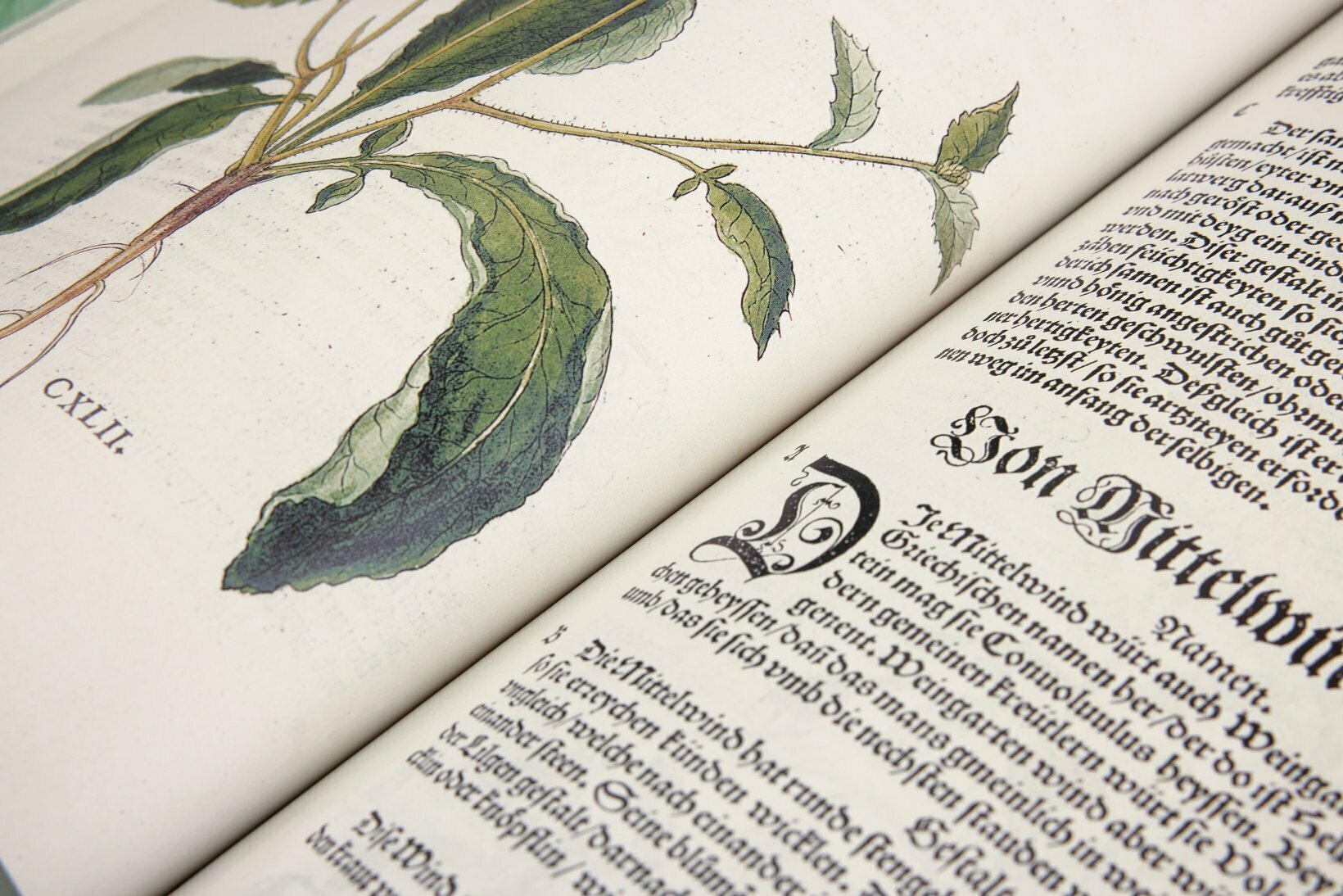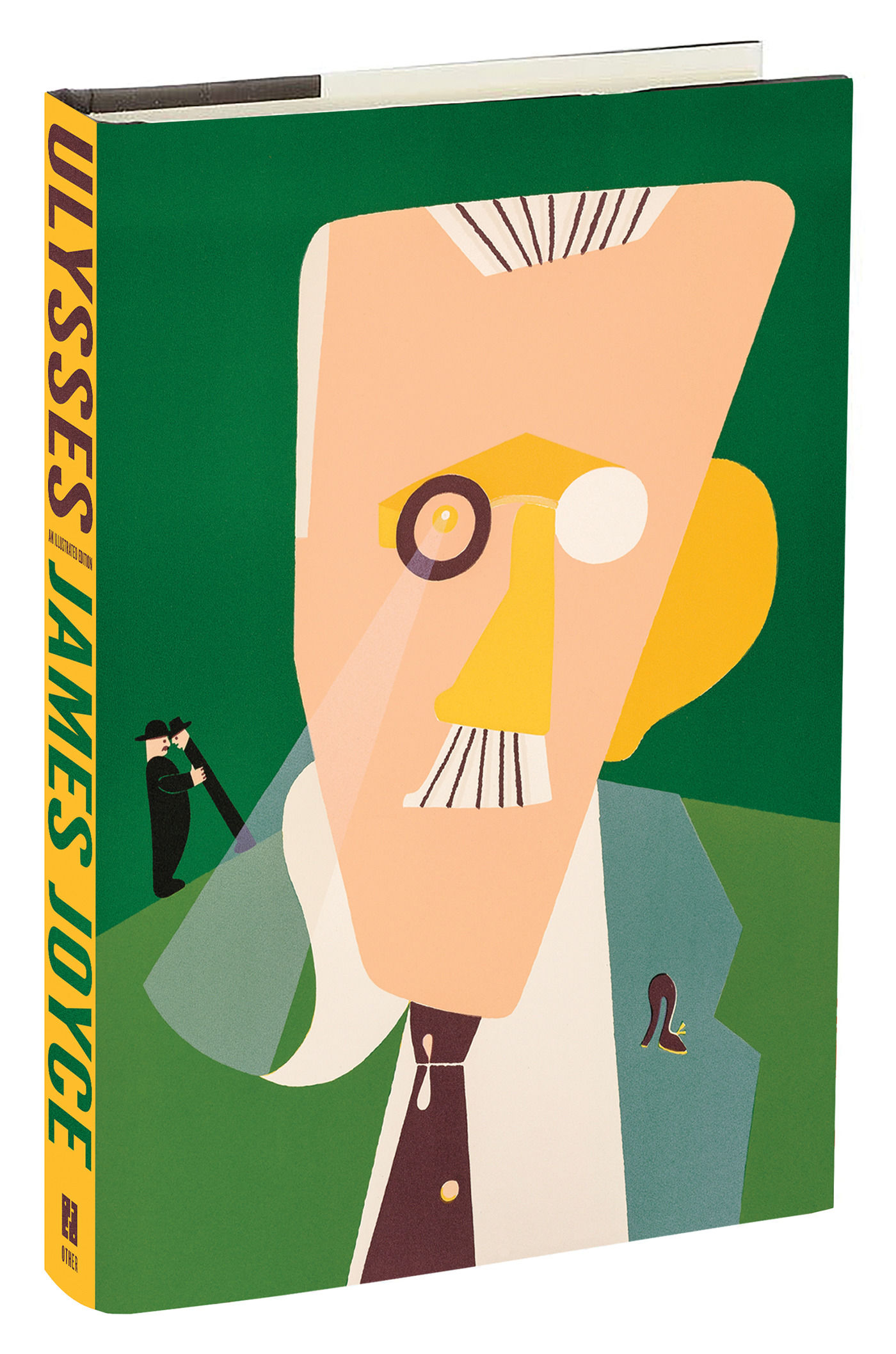
Did you somehow miss that the Public Domain Review has gotten in on the adult coloring book craze?
If so, don’t feel bad. There were probably a lot of other news items vying for your attention back in March of 2020, when the first volume was released “for diversion, entertainment and relaxation in times of self-isolation.”
By the time the second volume made its debut less than two months later, the first had been downloaded some 30,000 times.
Tell your scarcity mentality to stand down. You may be late to the party, but all 40 images can still be downloaded for free, “to ease and aid pleasurable focus in these oddest of times.”
It’s our belief that odd times call for odd images so we’re reproducing some of our favorites below, though be advised there are also plenty of calming botanical prints and graceful maidens for those craving a less challenging coloring experience.

Behold Saint Anthony Tormented by Demons by Martin Schongauer (c. 1470–75), above!
And below, the 13-year-old Michelangelo’s reproduction in tempera on a wood panel. Biographers Giorgio Vasari and Ascanio Condivi both told how the young artist visited the fish market, seeking inspiration for the demons’ scales. Perhaps you will be inspired by the barely teenaged High Renaissance master’s palette, though it’s YOUR coloring page, so you do you.

In “Filling in the Blanks: A Prehistory of the Adult Coloring Craze”, historians Melissa N. Morris and Zach Carmichael recount how publisher Robert Sayer’s illustrated book, The Florist, “for the use & amusement of Gentlemen and Ladies” was published with the explicit understanding that readers were meant to color in its botanically semi-inaccurate images:
Comprised of pictures of various flowers, the author gives his (presumably) adult readers detailed instructions for paint mixing and color choice (including the delightful sounding “gall-stone brown”).

Perhaps you will bring some of Sayer’s suggested colors to bear on the above image from Parisian bookseller Richard Breton’s Les songes drolatiques de Pantagruel (1565), a collection of 120 grotesque woodcut figures intended as a tribute to the bawdy writer (and priest!) François Rabelais, or a possibly just a canny marketing ploy.

Next, let’s color this perky fellow from Giovanni Battista Nazari’s famous alchemical treatise on metallic transmutation, Della tramutatione metallica sogni tre from 1599.

The “winged pig in the world” by Dutch engraver and mapmaker Cornelis Anthonisz doesn’t look very cheerful, does he? He’s on top of the imperial orb, but he’s also an allegory of the corrupt world. Hopefully, this will get sorted by the time pigs fly.

As to Ambroise Paré’s 1598 rendering of a “camphur” … well, let’s just say THIS is what a proper unicorn should look like.
According to an annotated checklist that accompanied the Metropolitan Museum’s Cloisters’ 75th Anniversary exhibition Search for the Unicorn, Paré, a pioneering French barber surgeon, claimed that it live(d) in the Arabian Desert, and that its horn can cure various maladies, especially poisoning.”
There’s a lot to unpack there. Think about it as you color.
Hokusai, Albrecht Dürer, and Aubrey Beardsley, are among the artists whose work you’ll encounter, “arranged in vague order of difficulty — from a simple 17th-century kimono pattern to an intricate thousand-flowered illustration.”
Download Volume 1 of the Public Domain Review Coloring book in US Letter or A4 format.
And here is Volume 2 in US Letter or A4 format.
Related Content
- Ayun Halliday is the Chief Primatologist of the East Village Inky zine and author, most recently, of Creative, Not Famous: The Small Potato Manifesto. Follow her @AyunHalliday.





















